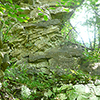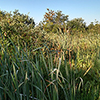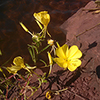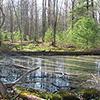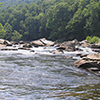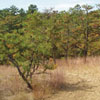Conservation Science
Protecting Pennsylvania's Plants and Animals
Erie Coast
A focal area of the Western Pennsylvania Conservancy’s conservation efforts has been the undeveloped western portion of the Lake Erie coast. The area is characterized by dramatic bluffs rising above the shore of the lake. This special landscape harbors a great variety of wildlife and several rare plants.
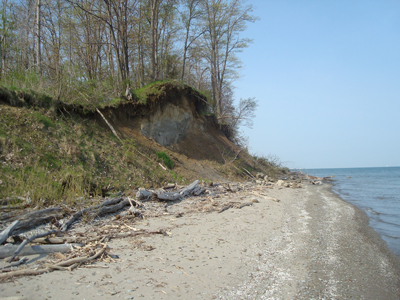
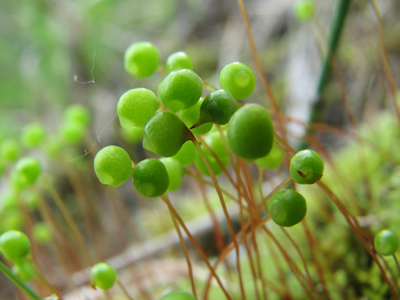
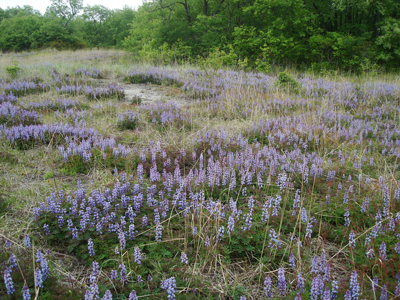
Erie Bluffs
Habitat
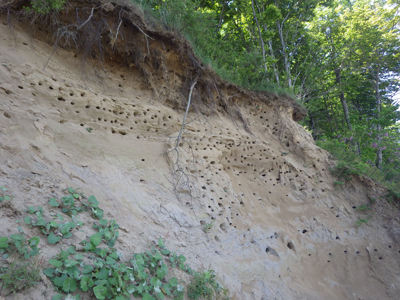 Erie Bluffs provides habitat for many species of birds. Bald eagles cruise east and west along the bluffs, catching an updraft off the bluffs while they hunt for fish. Migratory birds rest and refuel along the coast before migrating north across the lake in the spring, or after flying across the lake on a southbound fall migration.
Erie Bluffs provides habitat for many species of birds. Bald eagles cruise east and west along the bluffs, catching an updraft off the bluffs while they hunt for fish. Migratory birds rest and refuel along the coast before migrating north across the lake in the spring, or after flying across the lake on a southbound fall migration.
Colonies of bank swallows honeycomb in the sandy upper portions of the bluffs with their nesting burrows. This area was created from beach sand or nearshore sand deposits thousands of years ago when Lake Erie’s water level was higher.
The lower portions of the bluffs are gray-blue clay that was laid down at the end of the last ice age. Water percolates through the sand, but not through the impermeable clay. The water picks up minerals and becomes alkaline before seeping out at the interface of the sand and clay. The wetlands that result from the seeping water create the Great Lake Bluff Seeps, a natural community type that is critically imperiled in Pennsylvania. This natural community supports a number of rare plant species, including variegated horsetail (Equisetum variegatum), Virginia blue flag (Iris virginica), small-headed rush (Juncus brachycephalus), and northern green rush (Juncus alpinoarticulatus). Other parts of the bluffs are dry, and are considered Great Lakes Region Scarp Woodland. One of the rare plants found in this habitat is the white heath aster (Symphyotrichum ericoides).
Erie Bluffs Protection
The undeveloped portion of the Lake Erie coast has long been a focus of WPC’s land protection efforts. WPC’s first acquisition on the coast was in 1991 when we helped protect Roderick Wildlife Reserve (State Game Land 314). In 2004, we protected additional land that eventually became Erie Bluffs State Park. Our most recent coastline acquisitions were in 2010 and 2011, when we added 195 acres to the Roderick Reserve.
As part of our work with conservation partners of the Lake Erie Watershed Cooperative Weed Management Area, WPC has led efforts to control invasive species on the bluffs. Stands of common reed (Phragmites australis) and black alder (Alnus glutinosus) grow thickly on the wet part of the bluffs. These invasive species crowd out important native species such as speckled alder, native willows, great blue lobelia, fringed gentian and native grasses.
WPC continues to work with partners to improve and restore Erie Bluffs State Park. We spearheaded ecological restoration efforts at the site, focusing on a black oak savanna located on an ancient sand dune that had become overrun with invasive plants. This is one of only two patches of this community type that are known to remain in Pennsylvania. The nutrient-poor, sandy soils of the dune and the surrounding area create the conditions that support scattered black oak trees among sparsely vegetated areas and low-growing shrubs.
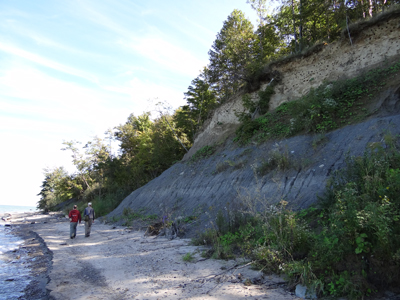
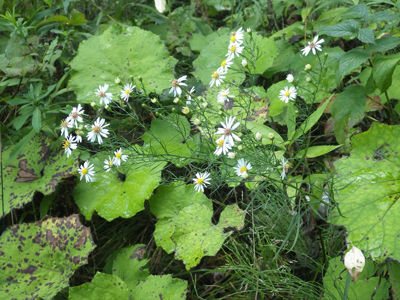
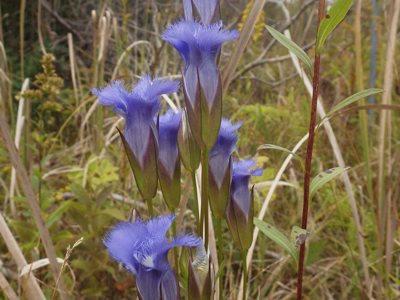
Presque Isle and Gull Point
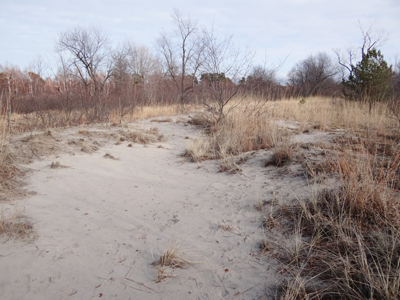
Perhaps the most unique feature of Pennsylvania’s portion of the Erie shoreline is Presque Isle, a nearly 3,200-acre state park that arches into Lake Erie. Home to one of the commonwealth’s most popular state parks, it harbors a unique set of plants, animals and natural communities, many of which are found nowhere else in Pennsylvania.
Presque Isle was formed at the end of the last ice age, approximately 12,000 years ago. The ice sheet advanced into the basin now occupied by Lake Erie, stopped for a while, and retreated to the north, leaving behind a deposit of sediment which eventually became the Presque Isle peninsula. The deposits are constantly being re-worked by wave action and are gradually migrating along the coast to the northeast due to longshore drift. Presque Isle is the only sandspit – a deposition bar or beach landform off coasts or lake shores – in the state.
At least five natural communities of concern occur at Presque Isle, each with a distinct set of plant and animal species. Because of the many unique habitats, Presque Isle is home to over 100 rare species, more than any other area of comparable size in Pennsylvania.
WPC has been helping with the restoration of habitat on Gull Point, at the tip of Presque Isle, with the goal of bringing back the federally endangered piping plover. Those efforts began to pay off in 2017 when the plovers returned to nest on Presque Isle for the first time in 50 years. WPC staff also provided expertise for baseline and follow-up monitoring of the vegetation and natural communities on Gull Point.

